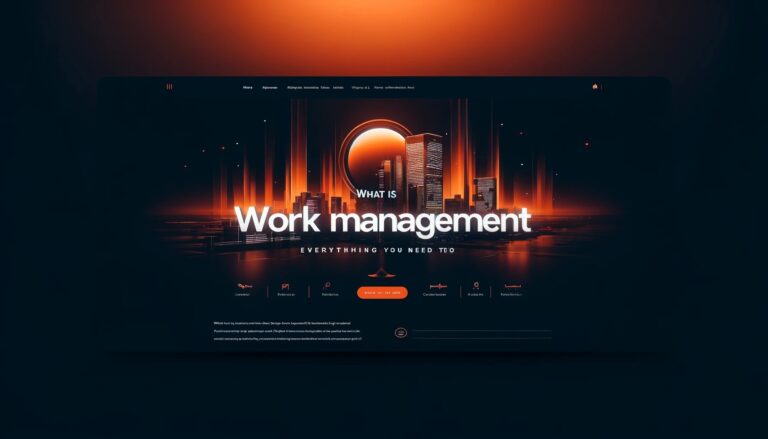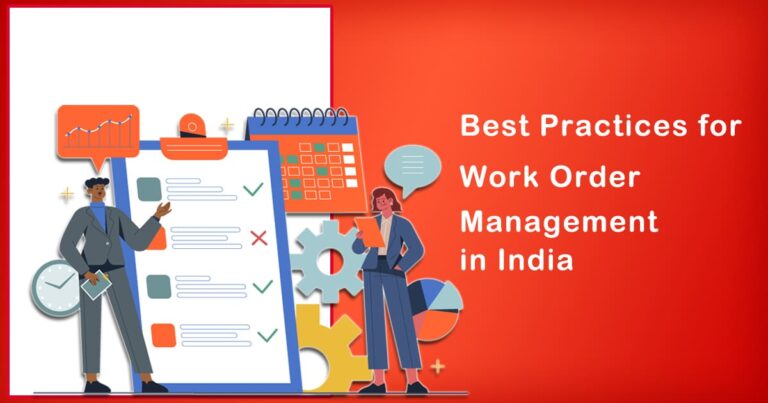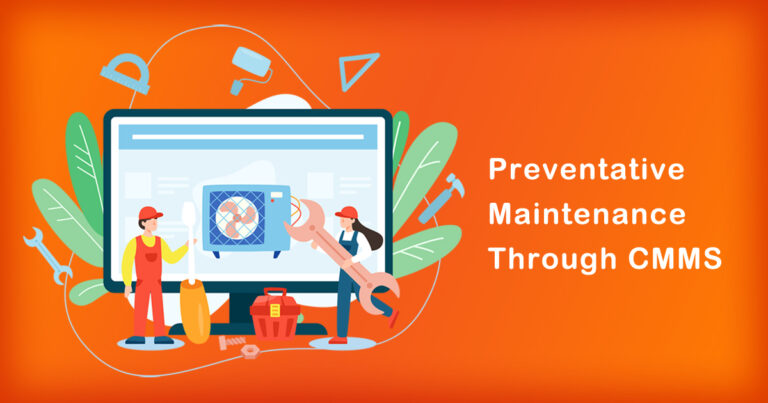Introduction
Equipment management is a crucial aspect of business operations in India. In today’s competitive marketplace, companies must manage their equipment efficiently to remain competitive and profitable. However, many companies in India struggle with equipment management, which can result in significant financial losses, operational inefficiencies, and safety hazards.
In this blog post, we will discuss the best practices for equipment management in India. We will look at some research and facts to understand the current state of equipment management in India and identify the best practices that can help companies manage their equipment more efficiently.
Current State of Equipment Management in India
The current state of equipment management in India is not very promising. A recent study by Frost & Sullivan found that the average equipment uptime in India is only 65%, compared to 75% in developed countries. The study also revealed that maintenance is one of the major challenges faced by Indian companies, with many companies lacking a structured maintenance program.
Another study by the Confederation of Indian Industry (CII) revealed that the maintenance cost of Indian companies is 25-30% higher than their international counterparts. This is mainly due to the lack of proper maintenance practices, which leads to equipment breakdowns, increased downtime, and higher repair costs.
Best Practices for Equipment Management in India
To improve equipment management and overcome the challenges faced by Indian companies, here are some best practices that companies can adopt:
1. Conduct Regular Equipment Inspections
Regular equipment inspections are essential to identify any issues or potential problems before they escalate. Companies should establish a regular inspection schedule and use the appropriate tools and techniques to inspect equipment thoroughly. This will help identify issues such as wear and tear, leaks, or any other signs of equipment failure.
2. Develop a Comprehensive Maintenance Plan
A comprehensive maintenance plan should be developed and implemented to ensure equipment runs efficiently and optimally. This should include regular maintenance activities such as oil changes, filter replacements, and other preventative measures. A good maintenance plan will ensure that equipment lasts longer and reduces the risk of unplanned downtime.
3. Use Equipment Monitoring Systems
Equipment monitoring systems such as IoT sensors and other technologies can help companies keep track of equipment health and identify issues in real-time. These systems can provide insights on equipment utilization, performance, and potential problems. This can help companies take proactive measures to address issues before they escalate.
4. Train Employees on Equipment Operation and Maintenance
Employees should be trained on equipment operation and maintenance to ensure they can operate equipment safely and efficiently. Proper training will also help employees identify issues and perform basic maintenance tasks, reducing the need for external maintenance support.
5. Invest in Equipment Upgrades and Replacements
Companies should regularly review their equipment and invest in upgrades or replacements where necessary. Newer equipment is often more energy-efficient and requires less maintenance, which can lead to cost savings in the long run. Upgrades and replacements can also improve equipment performance and reduce the risk of breakdowns and unplanned downtime.
Conclusion
Effective equipment management is critical to the success of any business in India. Companies that adopt best practices such as regular equipment inspections, comprehensive maintenance plans, equipment monitoring systems, employee training, and equipment upgrades and replacements will be better equipped to manage their equipment efficiently and remain competitive in today’s marketplace.
While there are challenges associated with equipment management in India, companies can overcome these challenges by adopting best practices and investing in the necessary resources. By doing so, companies can reduce maintenance costs, increase equipment uptime, and improve their overall operational efficiency.








